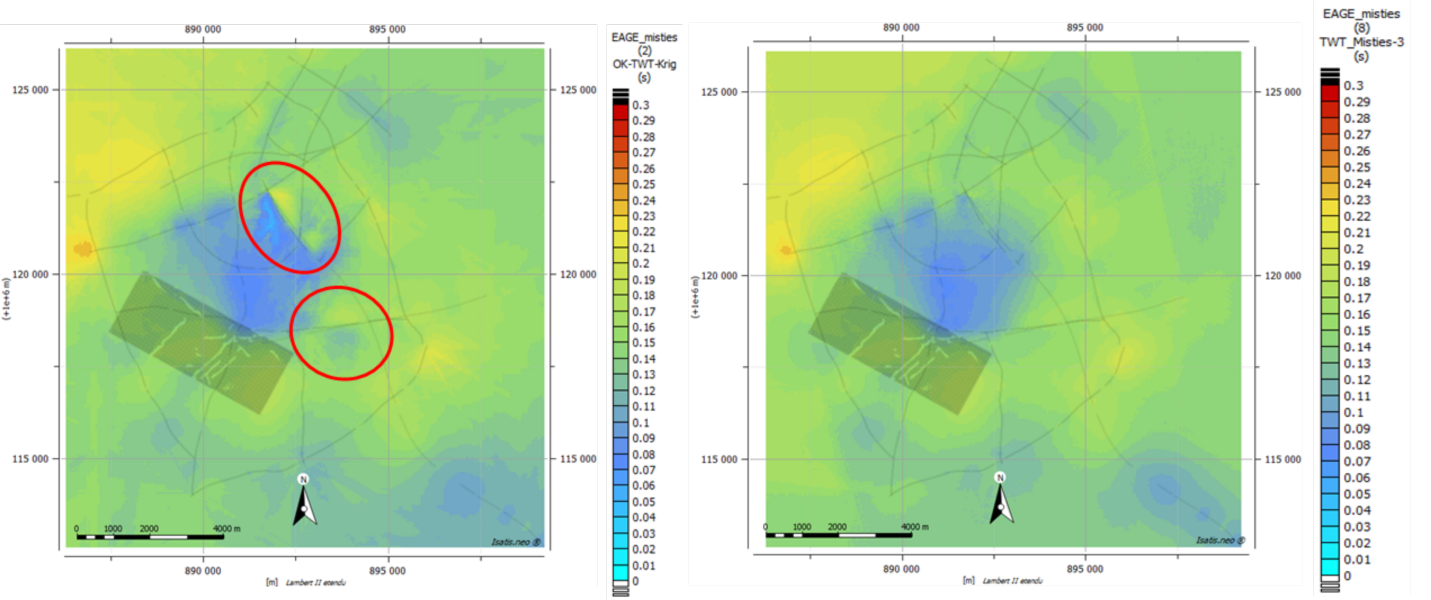Depth conversion is a fundamental process in geophysics that involves transforming seismic data from the time domain to the depth domain. It plays a pivotal role in understanding the subsurface structure, identifying potential resources, and making critical decisions in various industries. However, a factor that demands equal attention and consideration during this process is depth uncertainty. In this article, we delve into the reasons why depth uncertainty in depth conversion matters and how it influences geophysical interpretations, exploration efforts, and overall decision-making.
Accurate Resource Assessment
In industries like oil and gas exploration and mining, precise resource assessment is essential for economic viability and project success. Seismic depth uncertainty in depth conversion directly impacts the estimation of hydrocarbon reserves or mineral deposits. A thorough understanding of the potential variation in depth helps geoscientists and engineers make informed decisions regarding the feasibility of resource extraction and determine the optimal exploitation strategy.
Reservoir Characterization
In the realm of reservoir characterization, depth uncertainty can influence the identification of reservoir boundaries, volume calculations, and even reserve estimates. Accurate depth conversion with a consideration of uncertainty aids in defining the reservoir structure, porosity, and permeability, ultimately guiding reservoir engineers in maximizing production efficiency.
Risk Management
Depth uncertainty analysis is a significant parameter in risk assessment and management during exploration and drilling operations. By acknowledging depth uncertainties, explorationists and drilling engineers can plan well placements more effectively, reduce the risk of drilling dry wells, and optimize the allocation of resources.
Geological Interpretations
Geological interpretations heavily rely on accurate depth conversion. Whether it is mapping subsurface structures, identifying faults, or characterizing stratigraphy, understanding depth uncertainty enhances the reliability and credibility of geological models. It allows geologists to assess the level of confidence in their interpretations and consider potential variations in subsurface features.
Regulatory Compliance
In industries governed regulations, such as environmental studies or hydrocarbon exploration, reporting depth uncertainty is often a requirement. Properly quantifying and addressing depth uncertainties ensures compliance with regulatory standards, fosters transparency, and reinforces the credibility of project evaluations.
Environmental Impact Assessment
In environmental studies, depth conversion is relevant for assessing groundwater flow, contaminant migration, and subsurface geology. Depth uncertainty is a critical factor in predicting potential environmental impacts and evaluating remediation strategies. Accurate depth conversion mitigates the risk of making decisions based on inaccurate subsurface representations.
Infrastructure and Engineering Projects
Beyond resource exploration, depth uncertainty also impacts engineering projects like tunnel construction, geotechnical assessments, and infrastructure planning. Knowing the depth uncertainty allows engineers to design robust structures and implement appropriate mitigation measures, ensuring project safety and longevity.
Depth uncertainty is an indispensable consideration in depth conversion, affecting various aspects of geophysical and geological studies, resource exploration, and decision-making processes. By recognizing the significance of depth uncertainty, geoscientists, engineers, and decision-makers can make informed choices, manage risks more effectively, and enhance the accuracy of subsurface models.
Accurate depth conversion that incorporates depth uncertainty fosters confidence in resource assessments, reservoir characterization, and geological interpretations. It is an indispensable factor in regulatory compliance, environmental impact assessment, and infrastructure planning. Emphasizing depth uncertainty ensures that the depths we explore and the resources we seek are unveiled with greater precision and clarity, paving the way for sustainable resource management and successful ventures in the world of geophysics and beyond.



